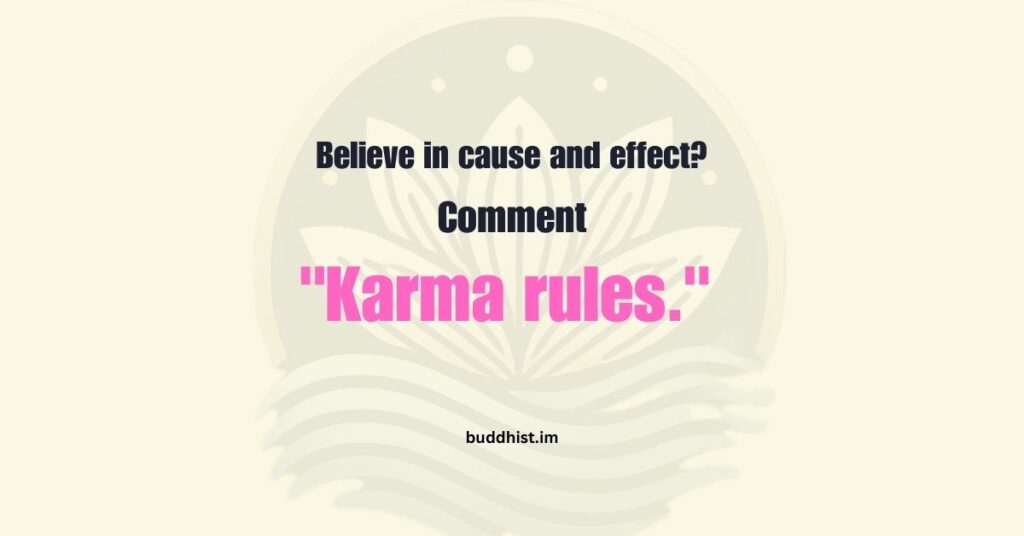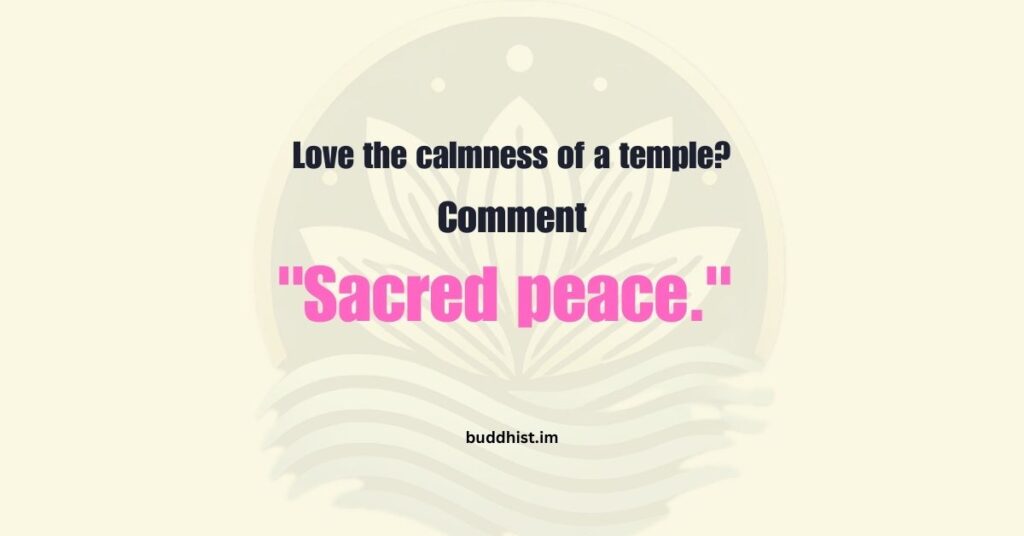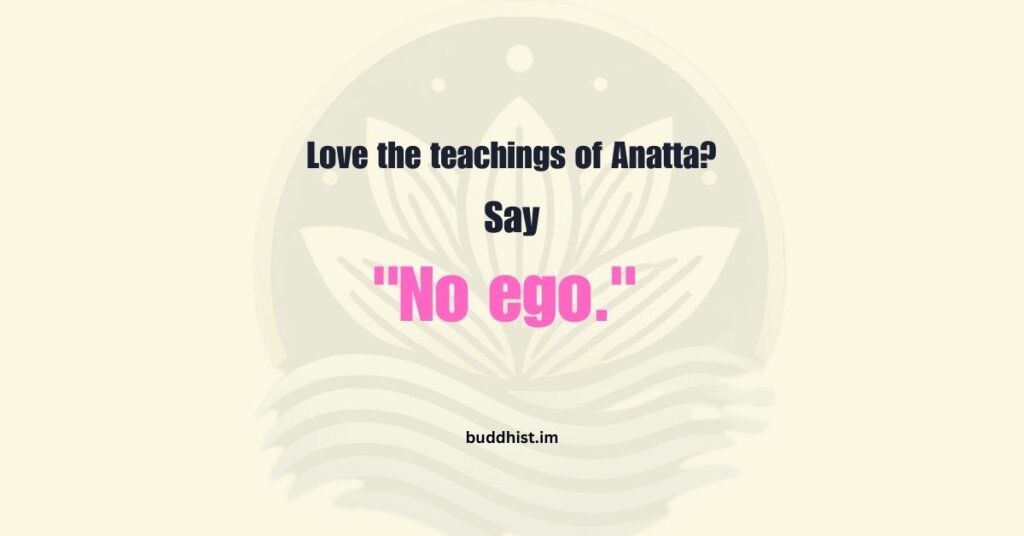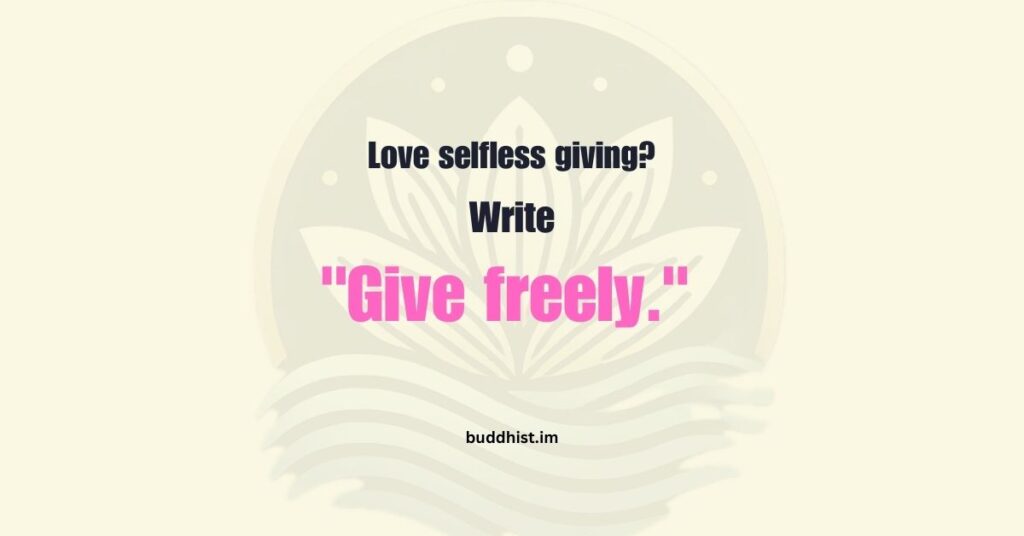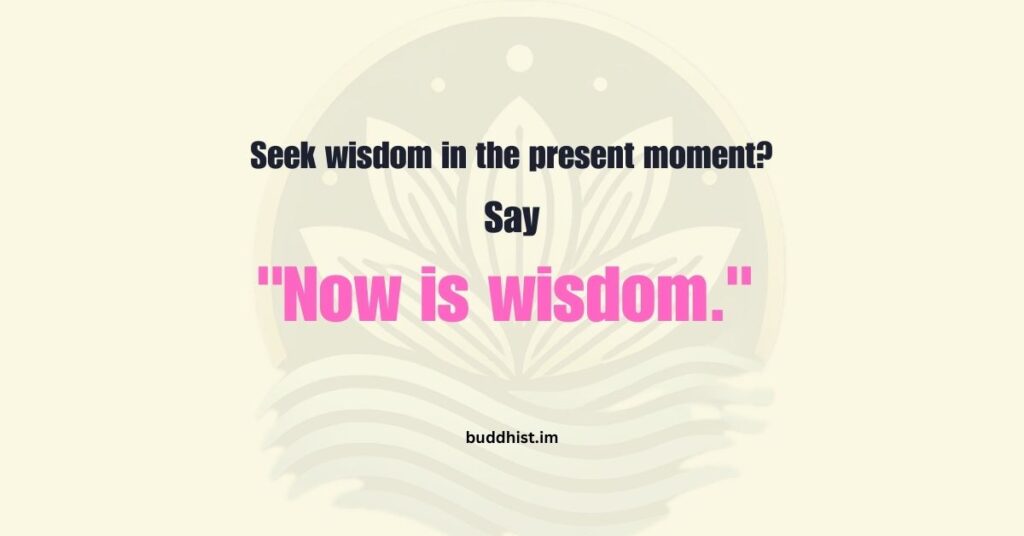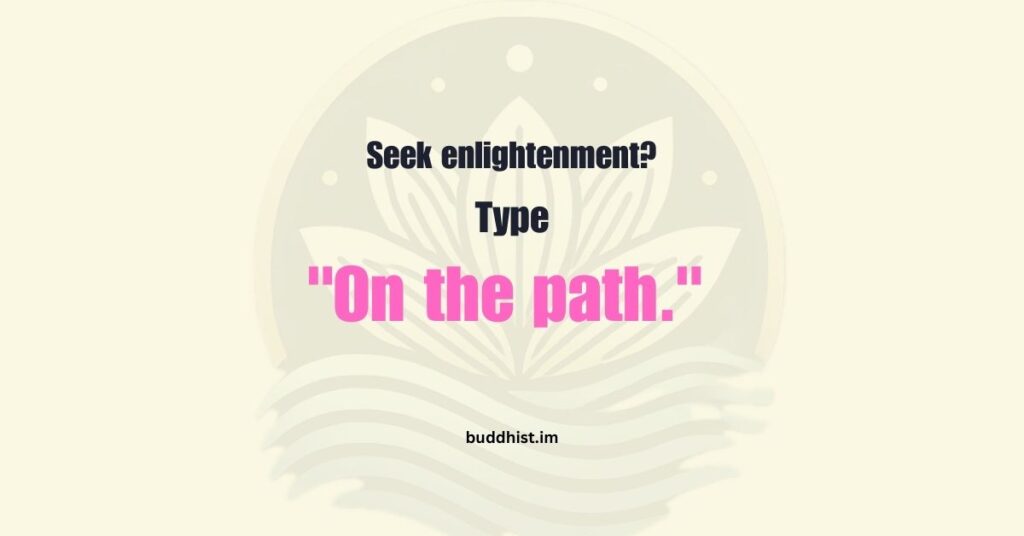Parenting is no easy feat, right? One minute you’re the proud captain of a well-oiled family ship; the next, you’re caught in a storm of “But Dad said yes!” and “Mom never lets me!” If you’ve ever felt like refereeing your kids is harder than meditating in a noisy room, you’re not alone. But what if I told you that Buddhist wisdom can help you solve these conflicts faster than your toddler can say, “Mine!”?
Yes, friends, the teachings of Buddha aren’t just for monasteries or mindfulness retreats, they’re the ultimate parenting hack! Let’s dive into how Buddhist principles can transform your parenting conflicts into moments of connection and understanding.
1. The Magic of Mindful Listening
One of the core teachings of Buddhism is mindfulness, being fully present in the moment. When your kiddo comes stomping into the kitchen, ready to battle over screen time, put down your phone (yes, even if it’s mid-scroll on Instagram!) and really listen.
Take a deep breath, make eye contact, and say, “I hear you.” It sounds simple, but acknowledging their feelings can instantly defuse tension. Kids, like adults, just want to feel heard. Plus, you’ll be modeling a communication style they can use when they’re navigating their own conflicts. Win-win!
2. Practicing Non-Attachment (To Being Right)
Buddha taught that clinging to things, including your own perspective, is a major source of suffering. In the heat of a parenting disagreement (you want bedtime at 8:00 PM, your partner says 8:30 PM, and your child votes for “never”), ask yourself: Do I want to be right, or do I want peace?
Non-attachment doesn’t mean you give up all your principles and let chaos reign. It means being open to compromise and seeing the bigger picture. Maybe bedtime becomes 8:15 PM tonight. Maybe it’s more about consistency than the exact time. Let go of the small stuff, and you’ll find harmony flows more easily.
3. Compassion Starts at Home
Buddhism emphasizes compassion for all living beings, and guess what? That includes yourself and your partner! When you and your spouse are squabbling over who forgot to pack the lunchbox, take a step back. Imagine how much stress they might be carrying.
Instead of snapping, try a compassionate approach: “I know mornings are hectic. How about we create a checklist together so this doesn’t happen again?” By shifting from blame to teamwork, you’re teaching your kids what a loving partnership looks like.
4. The Power of Pausing
Ever notice how things spiral out of control when emotions are running high? A classic Buddhist technique is to pause and breathe before responding. Let’s say your teenager is arguing for the 17th time this week about curfew. Before you unleash your inner dragon, take three deep breaths. (Bonus points if you can make it five!)
This tiny pause gives you a moment to choose your words wisely instead of reacting out of frustration. Plus, it’s an excellent opportunity to practice what Buddhists call “Right Speech”, speaking kindly and truthfully. Your kids will notice the shift, and they’ll likely mirror your calm demeanor. (Eventually. Maybe. Fingers crossed!)
5. Understanding the Impermanence of Conflict
Buddhism teaches that everything is impermanent, including that epic meltdown over mismatched socks or the “I hate you” hurled in the heat of an argument. When you remember that these moments are temporary, it’s easier to stay calm.
Instead of getting swept up in the drama, remind yourself (and your partner, if they’re about to lose it): “This, too, shall pass.” And you know what? It always does. Five years from now, you’ll barely remember the sock incident, but you’ll cherish the peaceful home you built by staying centered in tough times.
6. Creating a Family “Sangha”
In Buddhism, a sangha is a community of people who support each other’s spiritual growth. Why not think of your family as your personal sangha? Encourage open communication, shared goals, and mutual respect. Have family meetings where everyone gets to share their thoughts and feelings without judgment.
Make it fun: light a candle, pass around a “speaking stick” (or a favorite toy), and practice mindful talking and listening. This not only strengthens your family bond but also teaches your kids the value of community and collaboration.
7. The Joy of Letting Go
Finally, embrace the Buddhist art of letting go. Let go of perfection, let go of control, and let go of guilt. Parenting isn’t about getting it right all the time, it’s about showing up with love and doing your best.
When your house is a mess and your toddler just painted the dog purple, laugh it off. When your teenager slams the door and says you’re the worst, give them space and trust they’ll come around. By letting go of the need to micromanage every moment, you create space for joy, growth, and connection.
Buddhist wisdom doesn’t promise a conflict-free parenting journey, because, let’s be real, kids are kids. But it does offer tools to navigate those challenges with grace, humor, and love. So next time you’re in the thick of a parenting dilemma, take a breath, channel your inner Buddha, and remember: peace starts with you.
Here’s to happy, harmonious homes filled with mindful moments and plenty of laughter!
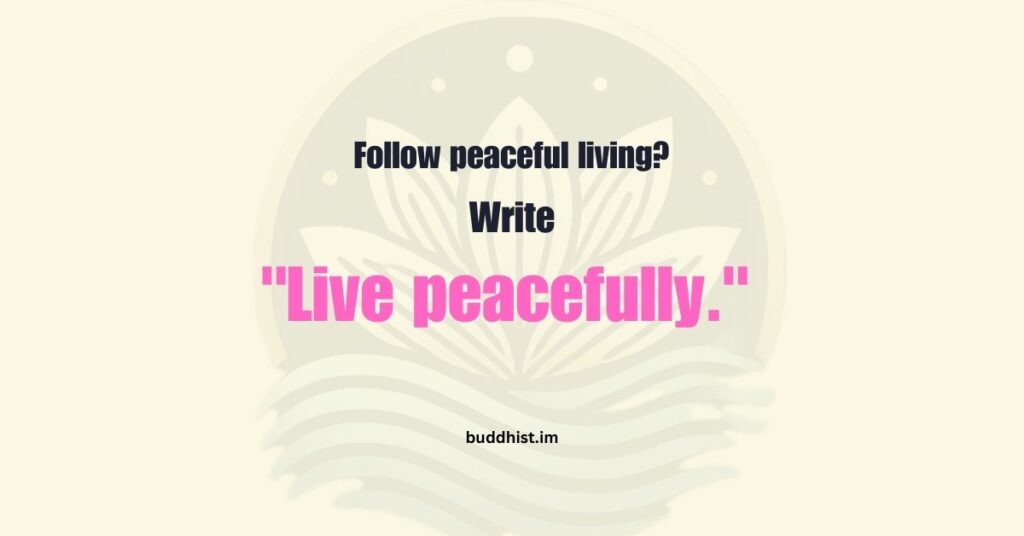

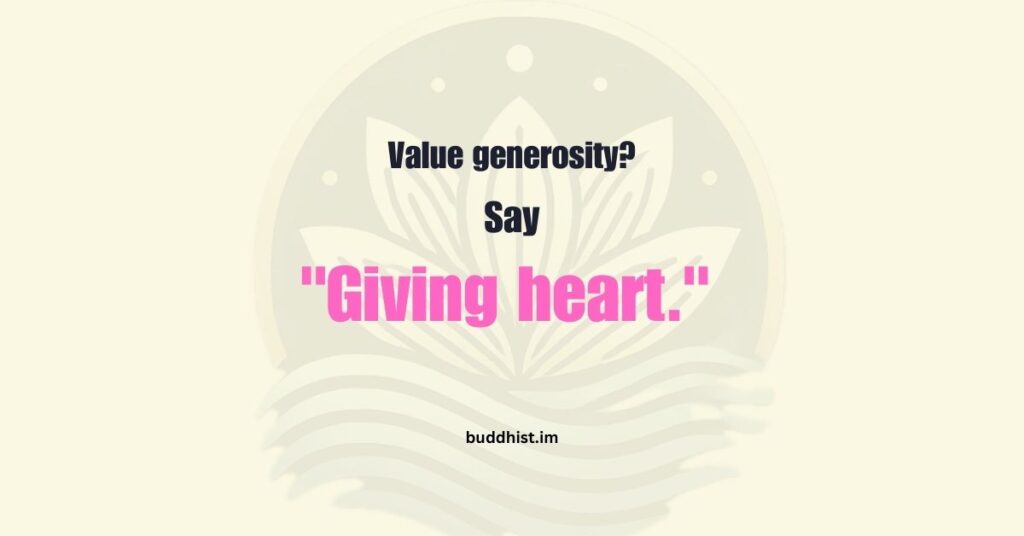
![Stop Losing Yourself in Marriage, [Here’s the Fix]](https://buddhist.im/wp-content/uploads/2025/01/Stop-Losing-Yourself-in-Marriage—Heres-the-Fix-1024x536.jpg)
![Stop Over-Explaining [Here’s What to Do Instead]](https://buddhist.im/wp-content/uploads/2025/01/Stop-Over-Explaining-Heres-What-to-Do-Instead-1024x536.jpg)

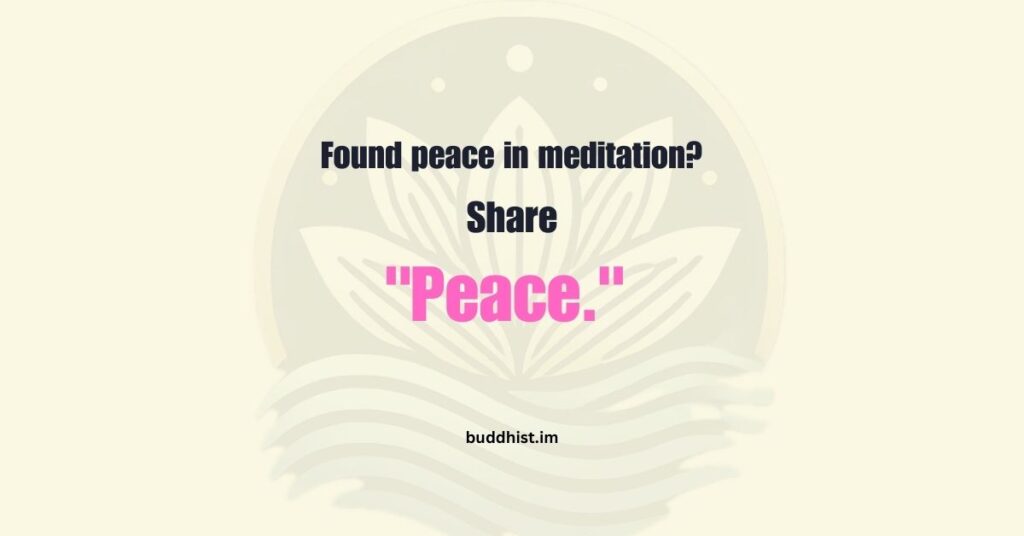
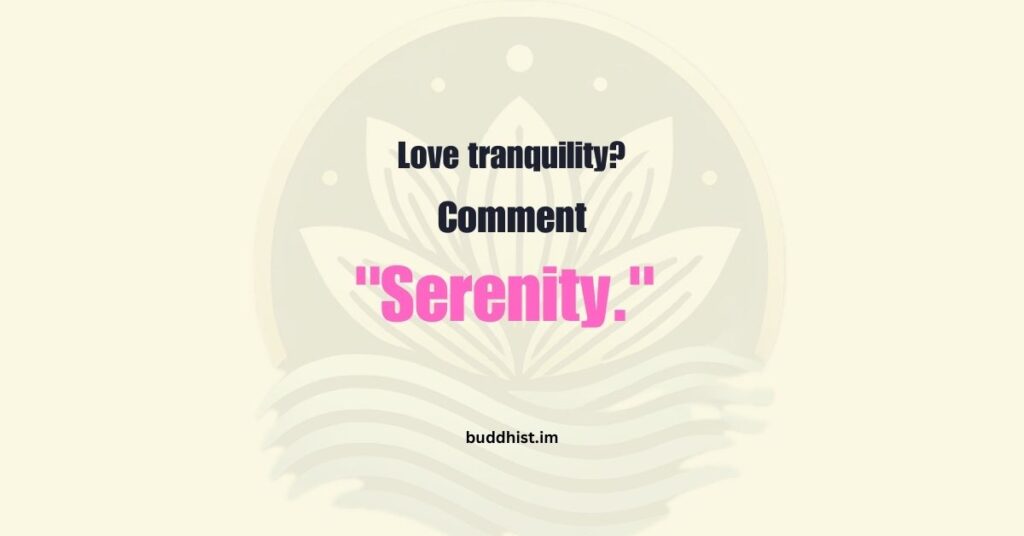


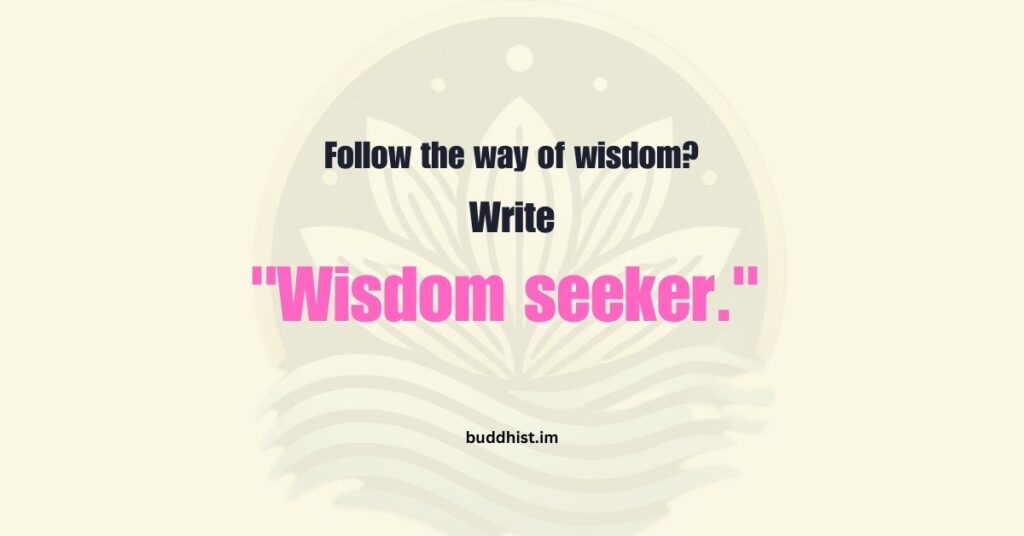
![[Trust Thrives on THIS] And It’s Easier Than You Think!](https://buddhist.im/wp-content/uploads/2025/01/Trust-Thrives-on-THIS—And-Its-Easier-Than-You-Think-1024x536.jpg)
